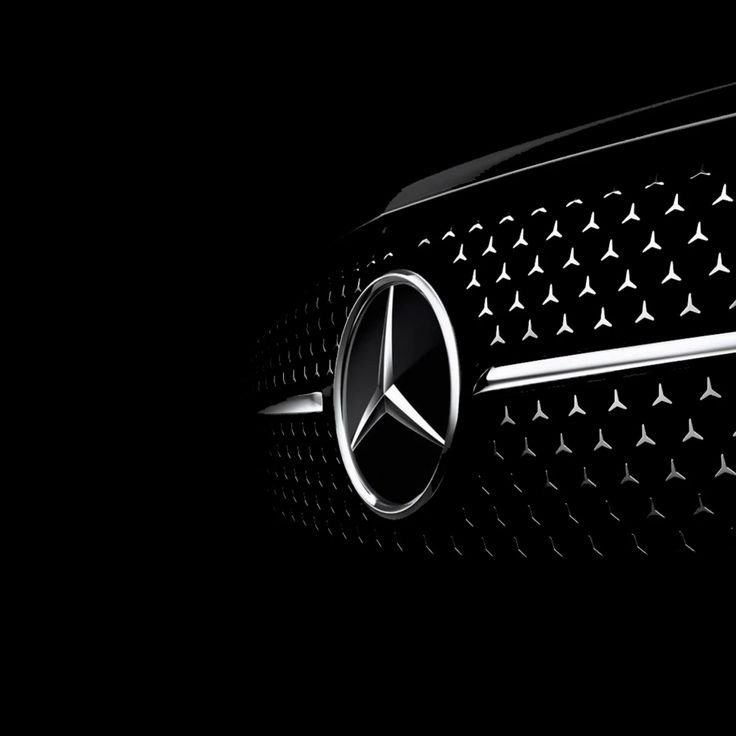
The automotive industry is undergoing a significant transformation as the world shifts towards sustainable energy solutions. Among the pioneers leading this change is BYD (Build Your Dreams), a Chinese new energy vehicle (NEV) giant. In recent years, BYD has made significant strides in expanding its market presence internationally, particularly in Japan. This article delves into BYD’s performance in Japan, analyzing its sales growth, market strategy, and the broader context of the NEV market in Japan.
BYD’s Entry and Expansion in Japan
Initial Entry and Product Launches
BYD announced its entry into Japan’s passenger car market on July 21, 2022. This strategic move was followed by the launch of its first electric vehicle (EV), the Atto 3, also known as the Yuan Plus in China, on January 31, 2023. The Atto 3 was BYD’s first global model and marked the beginning of its journey in the competitive Japanese automotive market.
In September 2023, BYD introduced the Dolphin compact EV to the Japanese market. The Dolphin, with its compact design and affordability, aimed to attract urban commuters and environmentally conscious consumers. Following this, BYD launched the Seal EV in June 2024, further diversifying its product lineup in Japan.
Sales Performance and Market Position
BYD’s efforts in Japan have begun to bear fruit. In the first half of 2024, BYD sold 1,084 vehicles in Japan, representing an 88 percent increase year-on-year. Although this figure might seem modest compared to other markets, it highlights a significant upward trajectory. BYD climbed from the 19th position to the 14th in Japan’s automobile import sales rankings within a year.
To put this into perspective, Tesla, another major player in the EV market, saw a 4 percent increase in the “other” sales category, which includes its vehicles, totaling 2,748 units. Despite Tesla’s established presence and brand recognition, BYD’s rapid growth indicates a strong potential for future expansion in Japan.
BYD’s Strategic Approach
Product Strategy
BYD’s product strategy in Japan has been focused on catering to diverse consumer needs. The Atto 3, Dolphin, and Seal EVs are designed to appeal to different segments of the market. The Atto 3 targets consumers looking for a reliable and globally recognized model, while the Dolphin appeals to budget-conscious urban drivers. The Seal EV, with its advanced features, aims to attract tech-savvy and environmentally aware consumers.
One notable aspect of BYD’s strategy is its decision not to offer its plug-in hybrid electric vehicle (PHEV) models in Japan, at least for now. This focus on fully electric vehicles aligns with the growing preference for pure EVs in the Japanese market.
Retail Expansion
BYD’s retail network in Japan is also expanding rapidly. As of now, BYD operates 55 stores in Japan, with plans to increase this number to 90 by the end of 2024. This expansion is crucial for increasing brand visibility and making its vehicles more accessible to potential customers.
The Japanese NEV Market Context
Market Dynamics
Japan’s NEV market is experiencing a significant transformation. In the first half of 2024, Japan’s imported vehicle sales were down by 7 percent, totaling 113,887 units. This decline follows a year of growth, indicating a shift in consumer preferences and market conditions. However, the sales of pure electric vehicles (EVs) increased by 17 percent to 10,785 units, accounting for nearly 10 percent of the total imported cars.
The rise in EV sales reflects a broader trend towards sustainable transportation solutions. EVs’ market share rose by 2 percentage points to about 9.5 percent compared to the same period last year, highlighting the growing acceptance and demand for electric vehicles in Japan.
Competitive Landscape
The competitive landscape in Japan’s automotive market is dominated by well-established brands. In the first half of the year, Germany’s Mercedes-Benz led the imported car market with 25,692 units sold, a slight increase of 0.4 percent. BMW followed in second place with 16,102 units, despite a 3 percent decline in sales.
BYD’s entry into this competitive market and its subsequent rise to the 14th position in import sales rankings underscore its potential to challenge established players. The success of BYD’s strategy in Japan could serve as a model for its expansion in other international markets.
BYD’s Global Performance
Overseas Sales Growth
BYD’s performance in Japan is part of a broader trend of increasing overseas sales. In the first half of 2024, BYD sold 203,404 NEVs overseas, marking a staggering 173.80 percent year-on-year growth. This surge in international sales contributed 12.6 percent to its total NEV sales of 1,612,983 units.
The Japanese market contributed 0.5 percent of BYD’s overseas sales in the first half of the year. While this figure might seem small, it is significant given the challenges of entering a mature and highly competitive market like Japan.
Factors Driving BYD’s Success
Innovation and Technology
BYD’s commitment to innovation and technology has been a critical factor in its success. The company’s focus on developing advanced EV technologies, including battery management systems and vehicle connectivity features, has enabled it to offer competitive products in the global market.
Strategic Partnerships
Strategic partnerships have also played a vital role in BYD’s expansion. Collaborations with local companies and governments have facilitated smoother market entry and enhanced BYD’s brand credibility. For instance, BYD’s partnership with Toyota in China has helped it leverage Toyota’s extensive distribution network and technical expertise.
Consumer Trust and Brand Recognition
Building consumer trust and brand recognition is crucial for success in new markets. BYD has invested heavily in marketing and customer service to establish its reputation as a reliable and innovative NEV manufacturer. Positive reviews and word-of-mouth referrals have further boosted its brand image.
Challenges and Future Prospects
Regulatory Environment
Navigating the regulatory environment in Japan poses a challenge for BYD. Japan has stringent safety and emissions standards, and compliance with these regulations is essential for long-term success. However, BYD’s experience in other international markets provides it with the expertise needed to meet these requirements.
Competition from Established Brands
Competing with established brands like Mercedes-Benz and BMW is no easy feat. These companies have a loyal customer base and extensive dealership networks. BYD will need to continue differentiating itself through innovation, competitive pricing, and superior customer service to gain a larger market share.
Expanding Product Lineup
Expanding its product lineup to include more models tailored to Japanese consumers’ preferences will be crucial for BYD. Introducing PHEV models and additional EV variants could help attract a broader audience.
BYD’s journey in Japan’s NEV market is a testament to its strategic vision and commitment to innovation. From its modest beginnings to becoming the 14th largest importer of vehicles in Japan within a year, BYD has demonstrated its ability to adapt and thrive in a competitive landscape.
As the global demand for NEVs continues to rise, BYD’s success in Japan could pave the way for further expansion in other international markets. By leveraging its technological prowess, strategic partnerships, and consumer-focused approach, BYD is well-positioned to become a leading player in the global NEV industry. The coming years will be crucial in determining how effectively BYD can consolidate its position and continue its upward trajectory in the ever-evolving world of new energy vehicles.
ALSO READ: 2025 BMW X5 and X6: Luxury, Performance, and Technology





